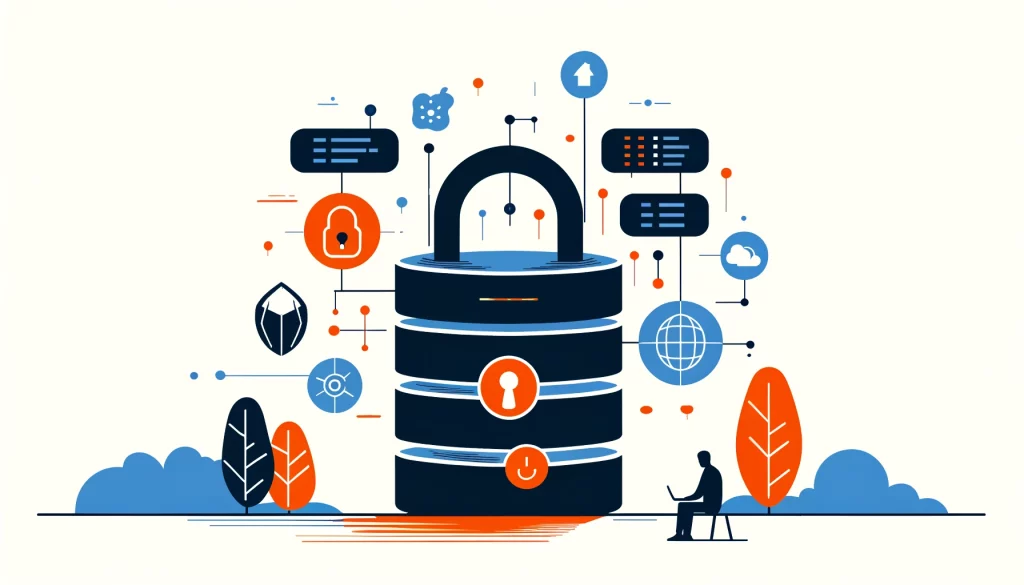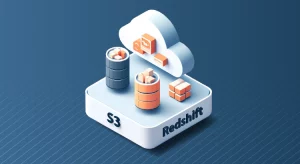
MS SQL Row Level Security

Introduction
Data security is a critical concern for organizations of all sizes. Having strong security measures in place is crucial because of the increase in sensitive data stored in databases. These measures are necessary to prevent unauthorized access and data breaches. One powerful feature in Microsoft SQL Server that helps enhance data security is Row Level Security (RLS). This article explains MS SQL Row Level Security basics, benefits, and includes examples to show how it works.
What is MS SQL Row Level Security?
MS SQL Row Level Security is a feature in SQL Server 2016. It allows you to control access to specific rows of data. This control relies on the user or role of the person attempting to access the data.
You can control who can see or change certain rows in a table, making sure users only access approved data.
RLS is helpful when many users or apps use one database, but each user needs limited access to some data.
Advantages of MS SQL Row Level Security
- Granular Access Control: RLS lets you decide who can see certain data based on their identity or role. This gives you precise control over user permissions. You can control access at an extremely detailed level.
- Simplified Security Management: RLS lets you set security policies on tables easily, without needing complex views or stored procedures. This simplifies security management and reduces the risk of errors.
- Improved Performance: RLS applies the security policies at the database engine level, ensuring efficient execution of queries. The database engine optimizes the queries based on the RLS policies, minimizing the performance impact.
- Centralized Security: The database centrally defines and manages RLS policies, eliminating the need to implement security logic in application code. This centralization makes it easier to maintain and audit security policies.
Implementing MS SQL Row Level Security
To implement RLS in MS SQL Server, you need to follow these steps:
- Create a security predicate function that defines the access rules for each row based on the user or role.
- Create a security policy that applies the predicate function to the table.
- Enable the security policy to enforce the row-level security rules.
Let’s see an example to understand the implementation better.
Implementing RLS on a Customer Table
We can limit access to private customer details in the Customers table based on the user’s role. This means that only certain users will be able to view the data. We have two roles: SalesRep and Manager.
Sales reps can only see and change data for their assigned customers. Managers can see all customer data.
First, let’s create the Customers table:
sql
CREATE TABLE Customers (
CustomerID INT PRIMARY KEY,
CustomerName VARCHAR(100),
SalesRepID INT,
-- Other columns...
);Next, we’ll create a security predicate function that defines the access rules:
sql
CREATE FUNCTION fn_CustomerAccessPredicate(@SalesRepID INT)
RETURNS TABLE
WITH SCHEMABINDING
AS
RETURN SELECT 1 AS AccessResult
WHERE
(@SalesRepID = USER_ID() AND USER_ID() <> 1) -- SalesRep can access their own customers
OR (USER_ID() = 1); -- Manager can access all customersNow, let's create a security policy that applies the predicate function to the Customers table:
sql
CREATE SECURITY POLICY CustomerPolicy ADD FILTER PREDICATE dbo.fn_CustomerAccessPredicate(SalesRepID) ON dbo.Customers WITH (STATE = ON);
When a user views the Customers table, the rows that meet the criteria will display. This is because of the security policy in place. If a sales representative with ID 10 looks up customers, they will only see the ones assigned to them. A manager can see all customers.
Summary and Conclusion
MS SQL Row Level Security boosts data security by controlling access at the row level with precision. It simplifies security management, improves performance, and provides centralized security within the database. Organizations can use RLS to control user access to data.
This helps prevent unauthorized access and data breaches. RLS ensures that users can only access and modify data that they have permission to. This reduces the risk of security breaches.
DataSunrise provides great tools for data security, audit rules, masking, and compliance. They are flexible and exceptional in managing data. DataSunrise integrates seamlessly with MS SQL Server and complements the built-in security features like Row Level Security.
Contact our team for an online demonstration to learn how DataSunrise can protect and handle your important data. Our experts will be happy to demonstrate the capabilities of DataSunrise and answer any questions you may have.
